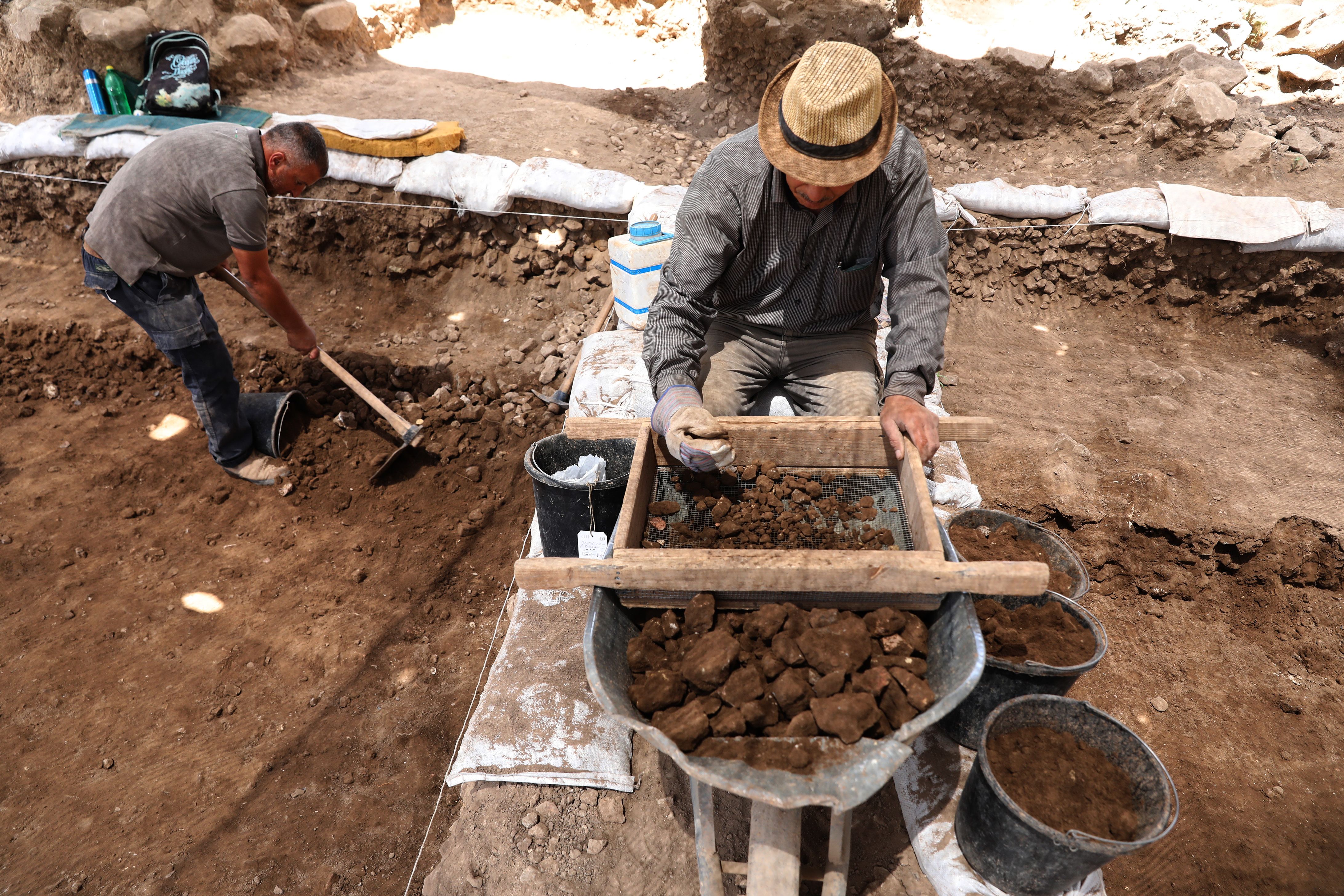Humans only started assigning men and women different jobs with advent of farming, study suggests
Gendered roles, far from being a sign of gender inequalities, reveal how dynamic farming societies were

Your support helps us to tell the story
From reproductive rights to climate change to Big Tech, The Independent is on the ground when the story is developing. Whether it's investigating the financials of Elon Musk's pro-Trump PAC or producing our latest documentary, 'The A Word', which shines a light on the American women fighting for reproductive rights, we know how important it is to parse out the facts from the messaging.
At such a critical moment in US history, we need reporters on the ground. Your donation allows us to keep sending journalists to speak to both sides of the story.
The Independent is trusted by Americans across the entire political spectrum. And unlike many other quality news outlets, we choose not to lock Americans out of our reporting and analysis with paywalls. We believe quality journalism should be available to everyone, paid for by those who can afford it.
Your support makes all the difference.The spread of agricultural practices across Europe 5000 years ago may have introduced sex-based division of labour among the population, according to a new study that sheds more light on the rise of gender inequalities in the Neolithic age.
While for centuries historians and scientists had held that when early humans sought food, men hunted and women gathered, there’s growing evidence that sex-based division of labour may not have existed until the advent of agriculture.
Last year, scientists, including those from the University of California, Davis, reported the results of a study of 9,000-year-old female hunter burial in the Andes Mountains. It indicated that female participation in early big-game hunting was likely more common than previously thought.
In the current study, scientists, including those from the University of York in the UK, analysed more than 400 stone tools buried in graves in various cemeteries in central Europe about 5,000 years ago during the early Neolithic age.
According to the study, published in the journal PLOS ONE, the tools found in female graves were most likely used for the working of animal skins and hide, while those buried with people of male biological sex were associated with hunting and potential conflict.
The researchers also found a geographic variation in the results along the east-west direction from Slovakia to eastern France, indicating that this division of labour is linked to the spread of farming practices westwards.
In the eastern areas, they found evidence suggesting that the women of this time moved around more than men, and shell ornamentation and jewellery were carried in people’s graves regardless of their sex.
On the contrary, the archeologists found that in the west men moved around more and had tools more associated with hunting than women.
Based on these findings, the researchers suggest that gender-based division of labour may have been a crucial part of the transition to farming in human societies.
According to Penny Bickle, a co-author of the study from the University of York’s Department of Archaeology, the gendered roles, far from being a sign of early gender inequalities, reveal how dynamic farming societies were, and how aware they were of the different skills of members of their community.
“The tasks attributed to women were difficult manual work and complemented the work of the men as equal contributors to their community. The fact that you see these objects in the graves of men and women demonstrates how marked out and valued they were for these jobs,” Bickle said in a statement.
While the analysed tools may not have necessarily been used by the specific people they were buried with, the archeologists said the objects could have been chosen to represent the activities carried out by different genders.
The researchers believe the findings can shed more light on the complex factors involved in the rise of gender inequalities in the Neolithic age, and their link to the division of labour during the transition to farming.
Join our commenting forum
Join thought-provoking conversations, follow other Independent readers and see their replies
Comments